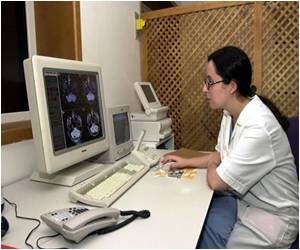
Every Monday and Thursday, third- and fourth-year medical students in the hospital's psychiatric rotation are assigned to watch the 6 p.m. episode the show on TBS. They begin rounds the following morning by discussing what psychopathology was demonstrated on the episode.
Third-year student Marlene Wang said that George demonstrates signs of narcissism as he neglects his own girlfriend to focus on Jerry's. But fellow third-year student Ryan Townsend wasn't convinced.
Dr. Anthony Tobia, right, department of psychiatry, Robert Wood Johnson Medical Schoo, has also been pitching a course that would involve real-time Twitter discussion as students watch TV's most can't-miss shows live in their own home.
Source-ANI









